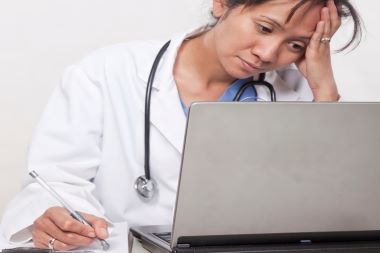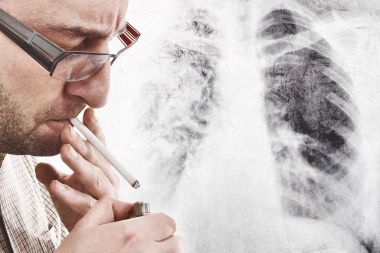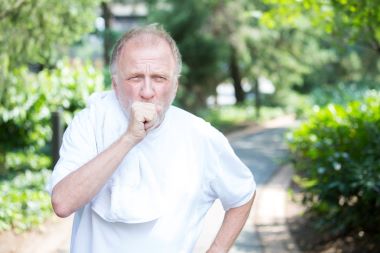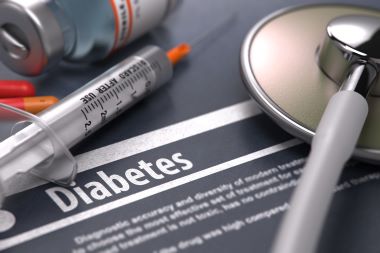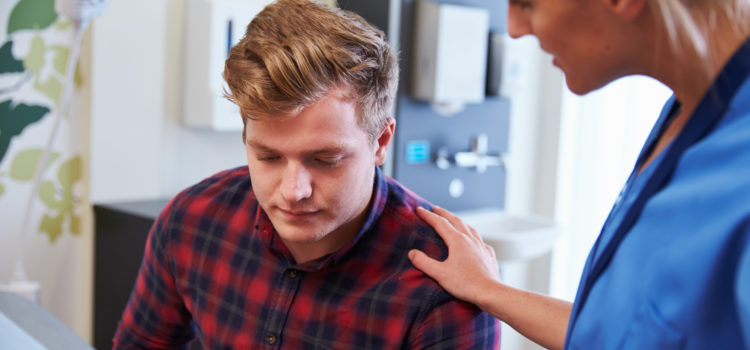Recently, a New York City intern posted a blog in which she said her experience during the COVID-19 pandemic as left her feeling “so terribly, soul-crushingly helpless.” An article published in Physicians Practice noted that fear, anxiety, hopelessness, and guilt may be common feelings among providers who are overwhelmed with more patients than they can help. The same goes for urgent care providers who are worried about their jobs because their location has seen patient …
Read More